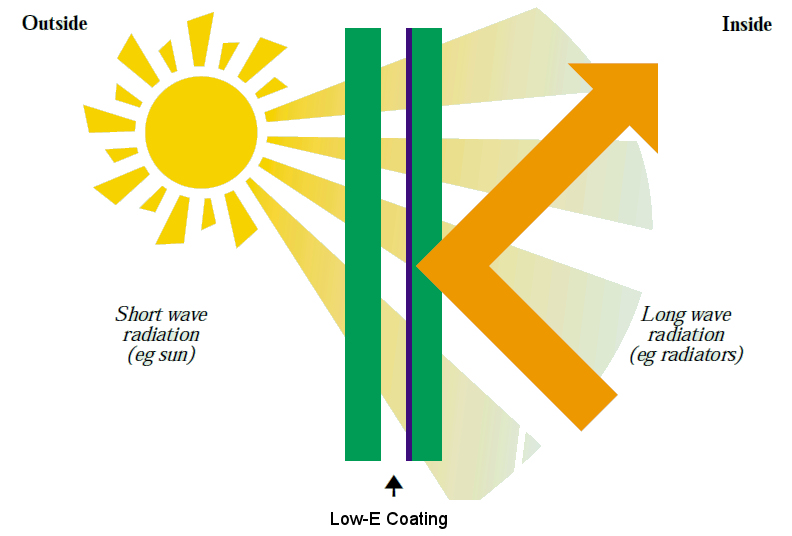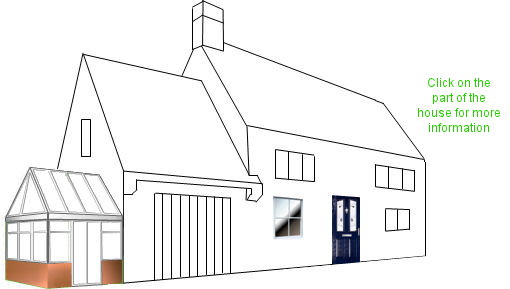|
|||||||||||||
  Low-E Glass What does Low-E mean?Low-e stand for low emissivity and is the relative ability of it's surface to emit energy by radiation. In laymans terms “Low-e” reflects IR light (heat energy) and stops it passing through. What is Low-E glass?Low-e glass is just a coating applied to the inside of a pane of glass. The “low-e” coatings are microscopically thin, virtually invisible, metal or metallic oxide layers. When they installed on the surface of a double glazed unit the Low E coating will reflect IR heat from inside the room from central heating or fires to help reduce the energy loss when it is cold outside, thereby reducing heating costs. The better the low-e coating the lower the U-Value and is reported to make a double glazed unit as effective as a triple glazed unit.
|
|||||||||||||
|
Is it a legal requirement to have Low-E Glass in New Windows?
While it is not a legal requirement to have low-e on new windows installed in the UK since Document L in 2002 it is almost impossible to reach the required u-value of 1.8 W/m²K without it. However low-e glass does not increase solar gain and low iron glass is required for that to achieve the new ‘A’ ratings
Is low-E glass glass effected by Lead windows or Georgian Bars?
Yes these can effect the rate in which energy is lost from a double glazed unit however if you property required either of these things it is far better to have Low-e than not to have Low-e glass.
What is Low-e and why does it help the U-value of windows


General Information
How to Use
Glass
Windows
Doors
Conservatories
Tesco Windows
 TESCO the UK biggest supermarket chain have now started the advertising of windows, doors and conservatories but are they any good?
TESCO the UK biggest supermarket chain have now started the advertising of windows, doors and conservatories but are they any good?
Government Grants
 What GRANTS are available from the Government to help towards the cost of new Windows
What GRANTS are available from the Government to help towards the cost of new Windows



